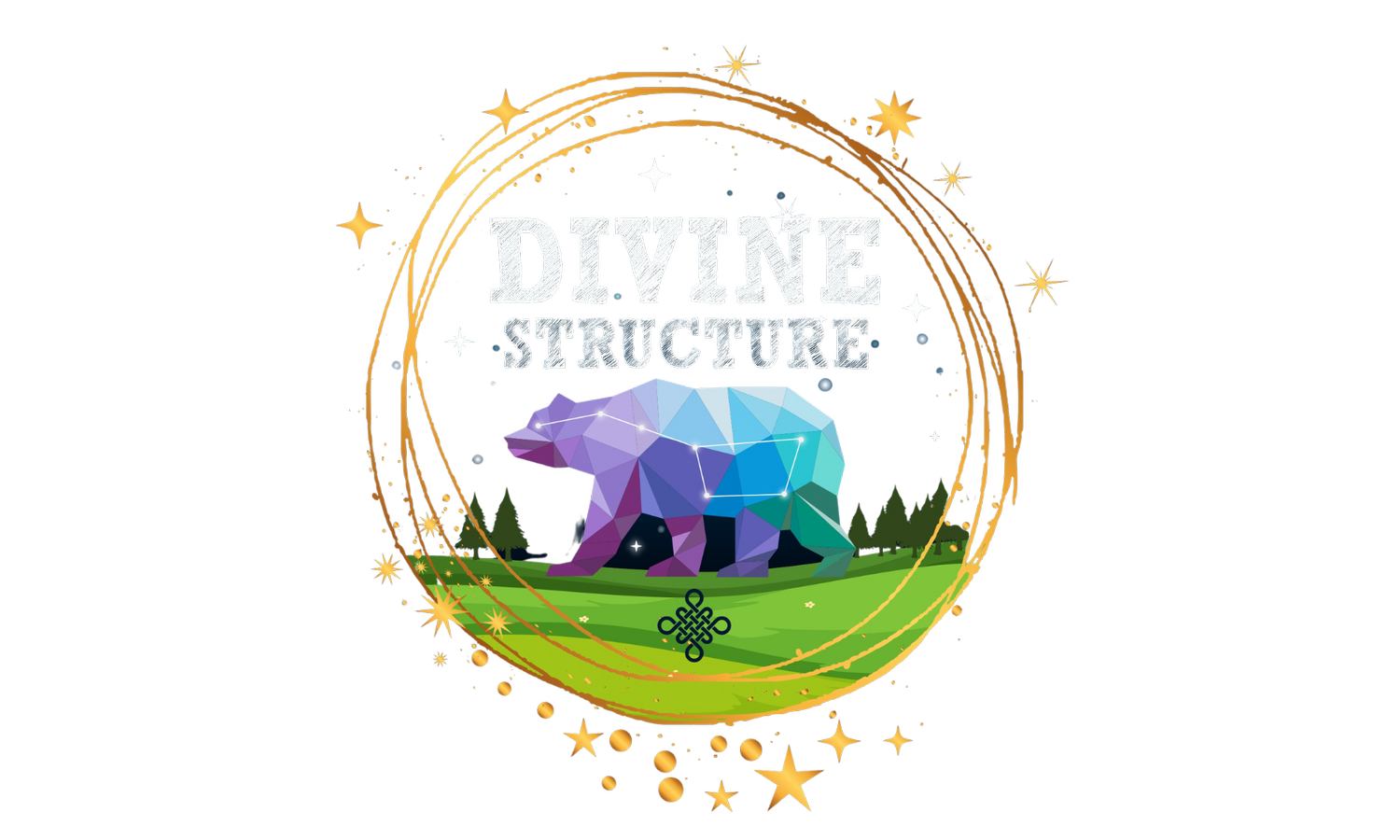September 22nd, 2017
Pain and negative emotions activate the reward centers of the brain, causing unconscious addiction to those negative emotions.
Did you know that chronic pain, and painful emotions light up the same pathways as infamous addictive drugs do. People engage in physically or emotionally self-destructive behaviors to get an unconscious “drug” payoff from chemicals your own body creates. These chemicals that create addiction are dopamine, and beta-endorphins.
We are designed as humans to survive. When we are escaping danger, an analgesic called beta-endorphin is released to distract from the pain so you can run away. An example of the analgesic and euphoric effect of these internally made “drugs” is if you’re in pain and exhaustion while running for a long time, and you get a runner’s high, and are able to keep running for another five miles. That is when you have activated the beta-endorphin and dopamine pathways.
Another chemical your body releases is dopamine, which is called the reward neurotransmitter. It creates the AHHH feeling when someone wins at gambling, that can lead to addiction. When you’re stressed, or in a flight-or-fight situation, your brain releases dopamine. The dopamine pathway activates in drive states which are necessary for survival: such as getting away from a threat, moving towards food, and mating. Cortisol, the chief stress hormone, also mediates dopamine release.
These are the same biochemical pathways that also create emotional addiction.
Have you ever been around a person addicted to anger, or complaining? Often they vent their feelings and walk away from the conversation feeling pretty good; leaving you drained and upset. They got their dopamine, and beta-endorphin fix, and you got vampired.
You also may know people who systematically sabotage their own happiness: by being habitually late; by engaging in self-pity; by putting themselves down, or seeing the worst in everything and everyone.
Cell receptor sites in our body are that are related to those kinds of emotions get linked with dopamine and beta-endorphins. These receptors are addictive because certain emotions can create a release of these compounds. When the habitual emotion occurs there is a chemical high related to it. An emotional habit is an addiction. If a person seems to always have a habitual emotion response to lots of things, there is usually an emotional addiction happening.
How can we stop emotional addiction?
There is a detox period for your neurology to return to normal. The receptors, neurotransmitters, vesicles, and reuptake mechanisms involved need time to stop their biochemical habit. This physiological rearrangement takes 7-21 days to get off the emotional/physiological addiction. During this crucial time you must get yourself away completely from the noxious behavior and its triggers. Two weeks of detox is a good rule of thumb.
How to Heal? Long term changes are needed.
get your mind back to a homeostatic state.
Meditation and yoga are good for this.
Associating with friends who bring out and celebrate the best in you.
Hypnosis that unravels some of the self-destructive circuitry.
Hanging out with people who value and nurture you.
Use mindfulness to start witnessing and noticing your feelings without getting pulled into the details or story around the feelings.
Biodynamic Craniosacral Therapy helps rewire the brain rather fast
The reward centers of the brain are “pleasure centers,” so it makes sense when someone gets addicted to cocaine, or crack. Because these things can make your brain light up, makes you high, and then you want more. If you follow the impulses to use in these substances it will create a physiological addiction.
That’s the addiction that people know. But you don’t need cocaine, or meth, or crack to create a self-reinforcing addictive circuit in the brain. Anything that activates the beta-endorphin or dopamine pathways will activate these addictive pathways.
It turns out that pain and negative emotions (e.g. self-pity, anger, guilt) also activate the beta-endorphin and dopamine pathways. Chronic jaw pain, or painful thoughts, and feelings, light up the same pathways as infamous addictive drugs do.
As a result, we can get addicted to negative emotions. We always can choose how we want to “be” with our emotions. Slowing things down by taking a break, orienting to a resourceful thought in our minds eye, noticing the feeling coming up and pretending the feeling in our minds eye is far away on another planet. All these things can help you stay regulated and break the addiction. It is important to practice self regulation of your emotions regularly as they will continue to arise. The more you learn to regulate your emotions, the easier it gets. However not too different from exercising regularly you have to always practice emotional regulation. These are ways you can self regulate your emotions so that you are not hijacked by your physiology. I am sure there are even more options that I have not even listed.
The prefrontal cortex is what mindfulness meditation develops and strengthens.
Breaking your emotional addiction requires you to focus on your deepest values rather than feelings. Even though feelings are powerful and enticing, they can throw your nervous system, and physiology out of whack. Just remember feelings are not facts. Watch and observe feelings that tend to arise often. They could be an addicition.
When our prefrontal strengthened it creates more bliss. That is the reward that we are aiming for. We all have two hungry “wolves” inside of ourselves. Do we feed the angry/lonely/sad wolf, or the Okay/happy wolf? We do have a choice. We are not just a victim of our chemistry. We can feed either wolf, but one creates a lot more suffering. Feeding your inner wolf that is regulated will strengthen the prefrontal cortex and create more bliss.


